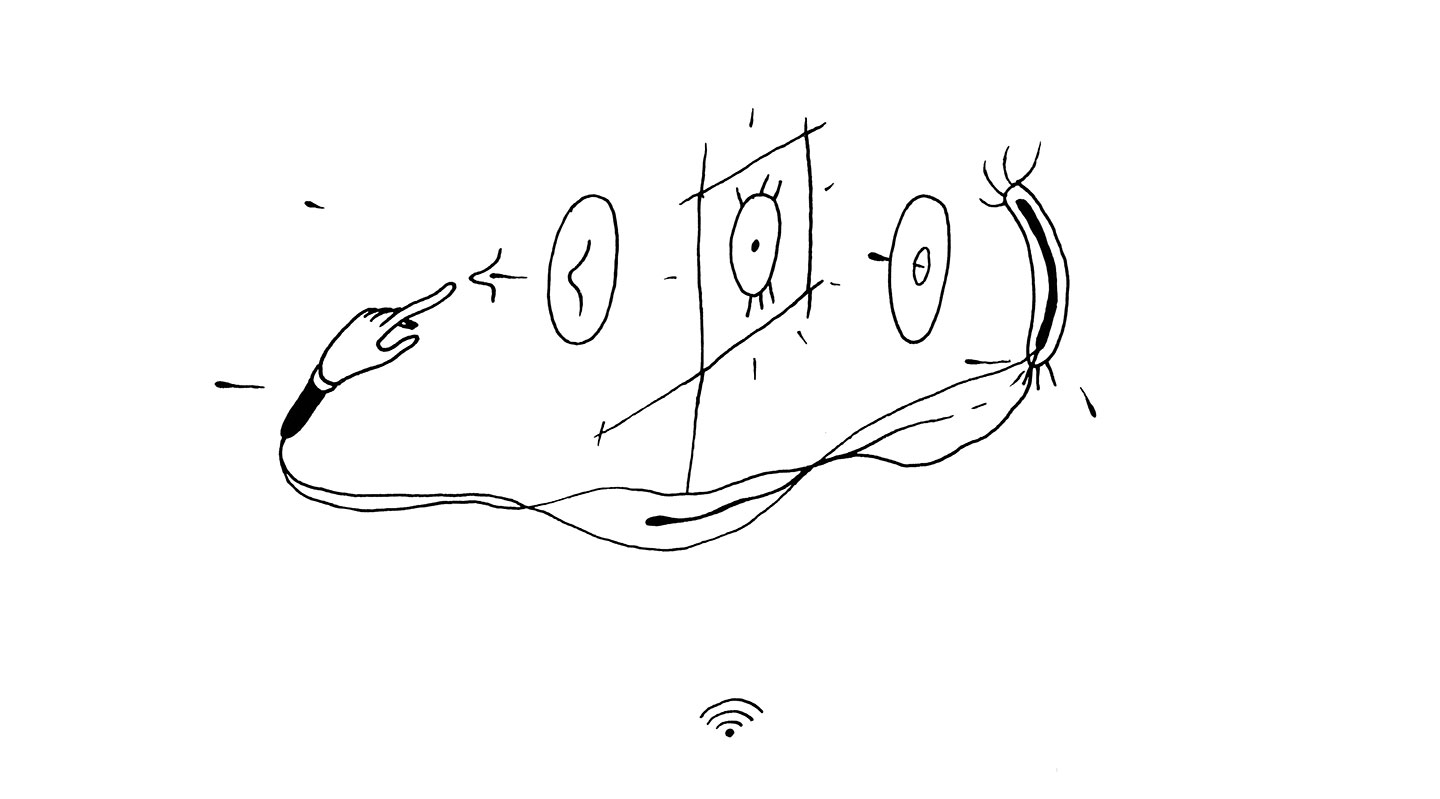Hannah Arendt, The Human Condition (University of Chicago Press, 1958), 28.
Hannah Arendt, Between Past and Future: Six Exercises in Political Thought (Viking Press, 1961).
Félix Guattari, The Three Ecologies (Athlone Press, 1989), 27.
Franco “Bifo” Berardi, “Game Over,” e-flux journal, no. 100 (May 2019) →.
Benedict Anderson, Imagined Communities: Reflections on the Origin and Spread of Nationalism (Verso, 2016).
Thierry de Duve, Aesthetics at Large, vol. 1 (The University Press, 2018).
Hannah Arendt, “The Crisis in Culture: Its Social and Political Significance,” in Between Past and Future: Eight Exercises in Political Thought (Viking Press, 1968), 218.
Nick Brown, Autonomy: The Social Ontology of Art Under Capitalism (Duke University Press, 2019).
Anita Chari, A Political Economy of the Senses: Neoliberalism, Reification, Critique (Columbia University Press, 2015).
Luis Ospina and Carlos Mayolo, “Agarrando Pueblo: Manifiesto de la Pornomiseria,” 1978.
Arendt, “The Crisis in Culture,” 219.
Eve Tuck and K. Wane Yang, “Decolonization Is Not a Metaphor,” Decolonization: Indigeneity, Education & Society 1, no. 1 (2012): 1–40.
Tuck and Yang, “Decolonization Is Not a Metaphor.”
Rosi Braidiotti, “On Putting the Active Back into Activism,” in “Deleuzian Politics?,” special issue, New Formations: A Journal of Culture/Theory/Politics, no. 68 (2009): 42–57.
All images by Montserrat Pazos.
